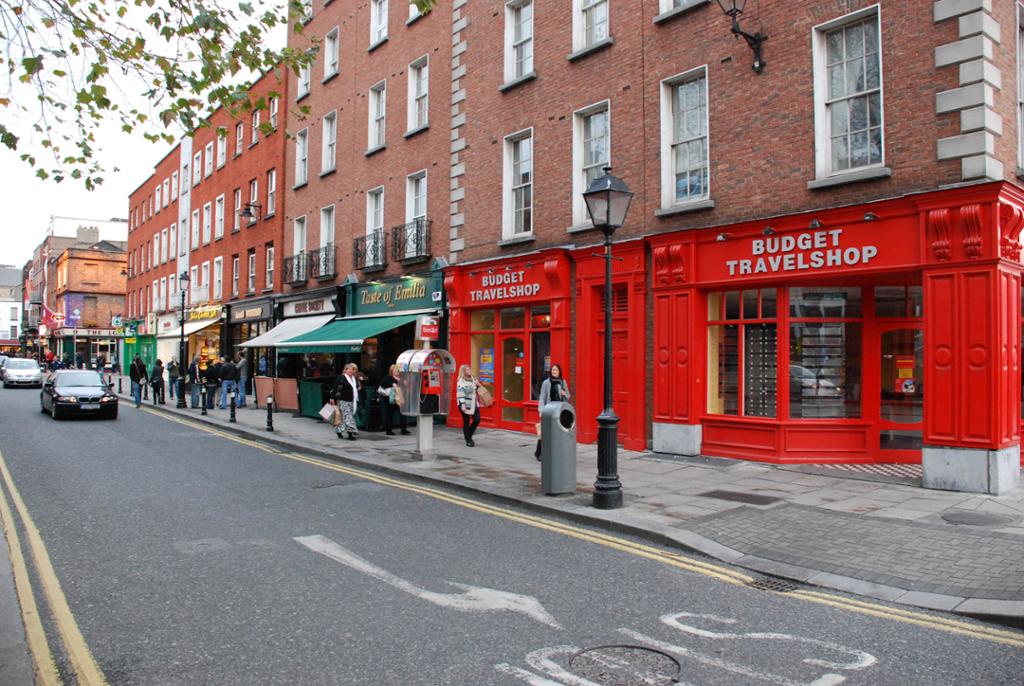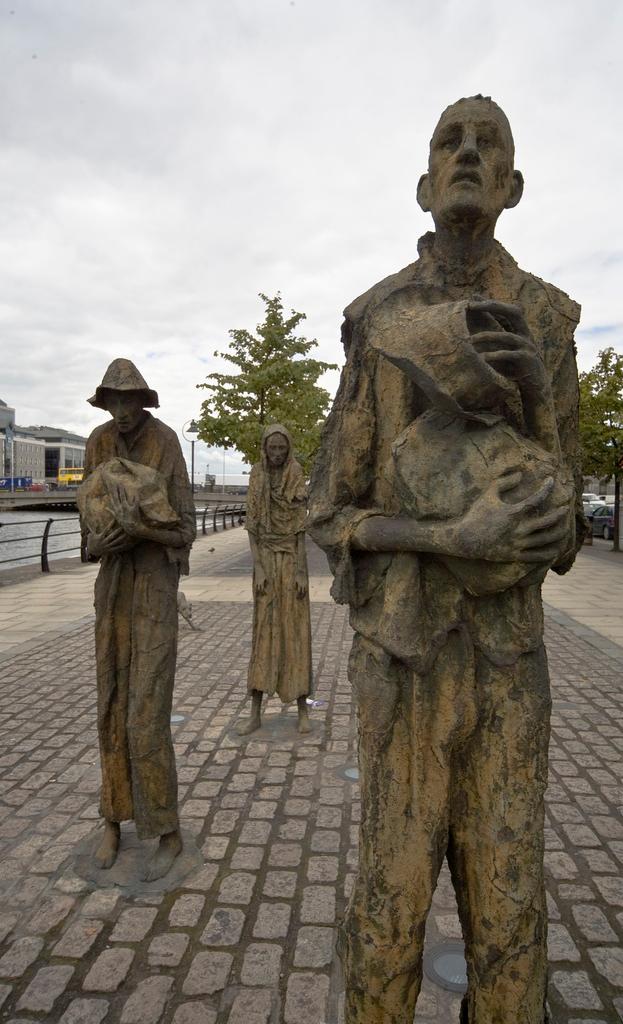An Introduction to Ireland

Pre-reading activity: You probably know a lot about the UK, but what do you know about Ireland? Write down five facts about Ireland and compare with a fellow student.
In the Viking era a lot of Norwegians settled here. Dublin was established by the Vikings. Throughout the centuries Ireland has faced many conflicts with its powerful neighbour in the east - England resulting in long-standing supression of the Irish.
Ireland became an EU member in 1973. This membership lead to many positive developments in the economy of the country. Traditionally an agriculture-based economy, Ireland was transformed into a "knowledge-based" economy. This growth, which continued for the most throughout the rest of the century, was the reason behind the nickname, "The Celtic Tiger". Furthermore, because of new and better paid jobs, approximately 100,000 Irish workers and their families repatriated to the country during the 1970s. With a higher birthrate in Ireland, the population increased by over 400,000 within 10 years.
Ireland is known as "the green island". There are many tragic events in the past that have given a much darker shade to the country and its people. Should you visit Ireland today, these darker shades will still be in people's memories. Nevertheless, you will meet a colorful country with beautiful scenery, great attractions and out-going people who are seriously interested in the well-being of their visitors.
Below, we will take a look at two historical periods that shaped Ireland and which, in spite of the tragic circumstances, became a help in the pursuit of freedom from Britain.
The Potato Famine of 1845, lasted 7 years and caused mass starvation. This resulted in widespread disease and death. More than one million people died. Another million Irishmen emigrated to the USA in the hope of escaping poverty and starvation. The potato blight destroyed the crops for several years, and devastation was inevitable.

The resentment the Irish had felt for the British for centuries increased, and strong nationalist movements appeared.
During Easter 1916, Irish Republicans organised a rebellion in a quest for Irish independence and freedom. The rebellion was suppressed after seven days, but the eagerness to fight for freedom had spread throughout Ireland. Five years later, Ireland was granted its freedom. The Republic of Ireland was finally a reality.
There are many reasons for visiting Ireland today. Limerick is one of them!
Limerick is the third largest city in Ireland, and is centrally located just 15 minutes by car from Shannon airport. Limerick is one of the major tourist destinations in Ireland, and nobody can leave Limerick without testing their talent for limerick writing.
A limerick is a five-line poem with a strict end-rhyme form (AABBA) and a catchy rythmical pattern (6-6-4-4-6 meters), which intends to be witty and humorous. The following example of a limerick is of anonymous origin.
The limerick packs laughs anatomical
In space that is quite economical,
But the good ones I've seen
So seldom are clean,
And the clean ones so seldom are comical.
Tasks and Activities
Write a Limerick
Use the rhyme- and rhythmical pattern above and try to write your own limerick.
General Tourist Information
Use this website Discover Ireland and find out:
- Which attraction in Ireland is older than the pyramids in Egypt?
- What is a heritage centre?
- How many Irish have won Nobel prizes?
Use the same website to make some more tasks. Test your friends in class, and see who can find the answers first.
Research
- Find out why the Irish were so dependent on the potato. What did Britain do to help during this time?
- Find out why the General Post Office i Dublin was so important in the 1916 uprising.
- Who was Michael Collins?
Relatert innhold
What do you know about Dublin? Here is an opportunity to get to know this fascinating city better.